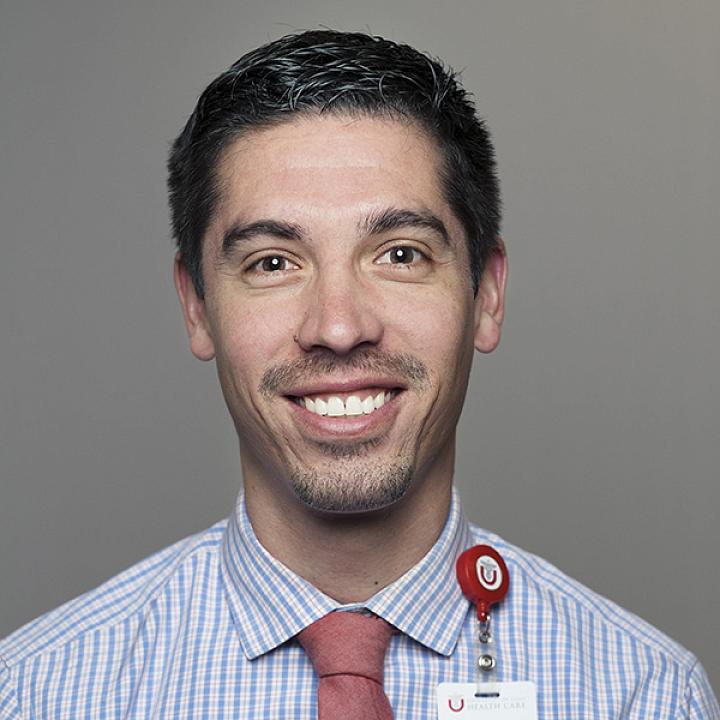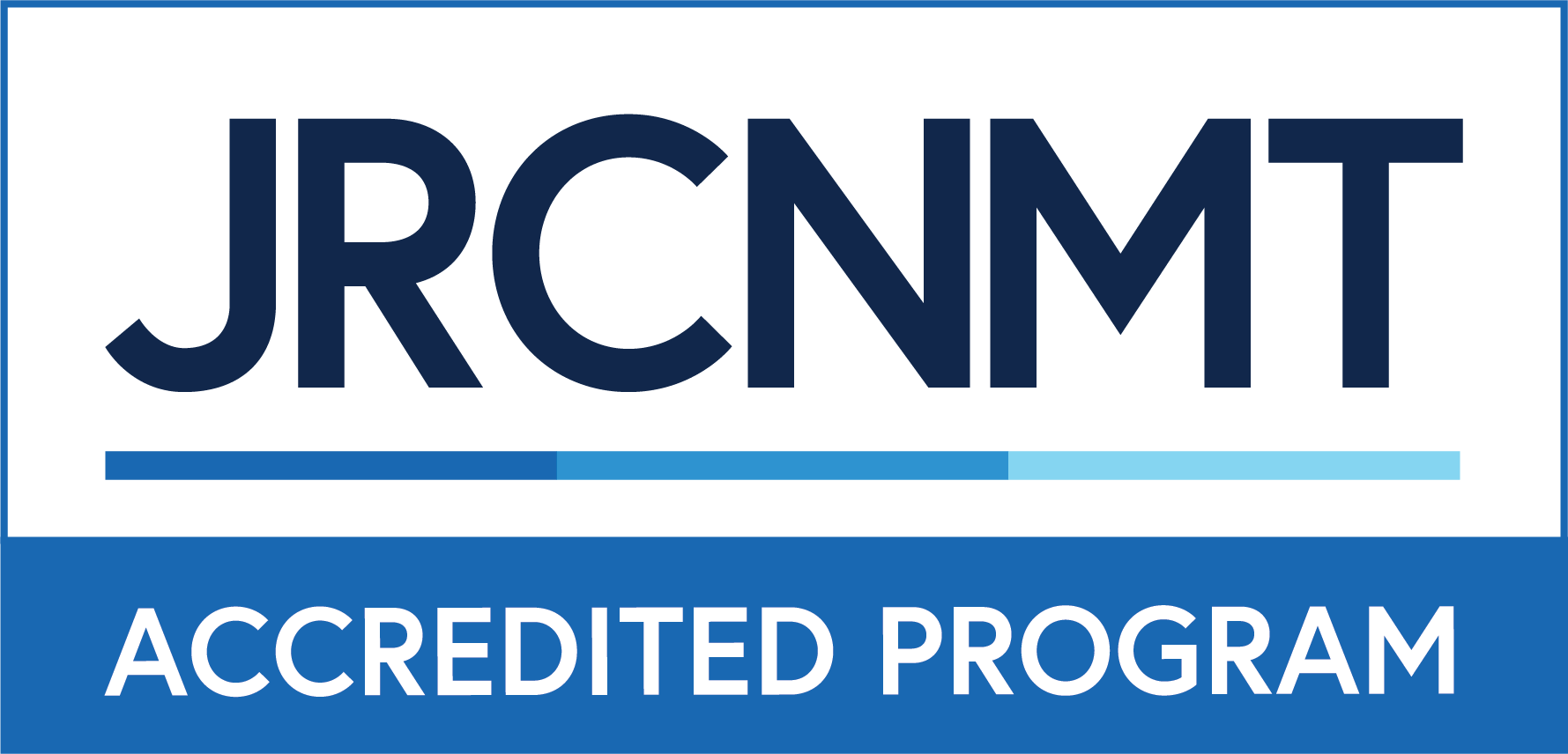
MRI Technologist Program
ON THIS PAGE
MRI Program Update: We are now offering our Primary Pathway option twice each year, with a January and June Start. Please visit our Prerequisites page for new requirement information regarding the Primary Pathway for cerfification.
Overview
Our MRI Technologist Program is a six (6) month certificate program in magnetic resonance imaging (MRI) for certified Radiologic Technologists RT (R), Radiation Therapists RTR (T) or Nuclear Medicine Technologists RT (N) or NMTB. Students will learn to produce computerized magnetic images of anatomy as an aid in the diagnosis of disease and injury. The program offers two academic sessions a year, starting in January and July.
Graduates of this program are eligible to take the advanced certification exam provided by the American Registry of Radiologic Technologists (ARRT) (MR).
University of Utah Health oversees 11 superconducting magnets, ranging from 1.5 to 3.0 Tesla. The program offers a combination of clinical and didactic educational experiences that provides the student with the necessary knowledge and skills to become an entry-level MRI technologist. Students will have opportunity to work with MRI technologists at the University Hospital, Huntsman Cancer Hospital, the INC out-patient facility, the Clinical Neurosciences Center (CNC), South Jordan Health Center, Farmington Health Center and Sugar House Health Center.
What is magnetic resonance imaging (MRI)?
Magnetic resonance imaging (MRI) uses a strong magnetic field and radio waves in conjunction with a computer to generate cross-sectional, three-dimensional images of patient anatomy. It can be used to image many parts of the body, such as the brain, optic nerves, brainstem, spine, heart, abdomen, pelvis, musculoskeletal (muscles and joints) and blood vessels.
In MRI there is no ionizing radiation utilized, however, care must be taken as to who is placed in the magnetic field because the field is so strong that it may pull any metal that is inside or outside of the patient’s body. The MRI program assures that students use equipment and accessories, employ techniques, and perform procedures in accordance with accepted safe practices to minimize risk to patients, selves and others.
What are the responsibilities of an MRI technologist?
An MRI technologist independently performs procedures with efficiency and skill. The technologist must have a thorough knowledge of anatomy and the ability to make judgments about the MRI pulse sequencing, gradient magnetic fields and anatomic slice orientation. Knowledge about magnetic fields, electromagnets, atomic structure and computers is essential. Patient care responsibilities require knowledge of sterile technique, administration of contrast media, ability to handle emergency procedures and routine performance of venipuncture. The MR technologist needs to effectively work with claustrophobic patients and be constantly aware of magnetic safety of patients, self and co-workers. On-the-job training of MR technologists does not effectively meet the educational needs of today's MR technologists. As a technologist learning the art of MRI, you deserve a well-structured educational process.
How do I become a MRI Technologist?
As of January 2006, MRI is recognized as a primary certification by The American Registry of Radiologic Technologists (ARRT), however the majority of MR technologists are radiographers who have added MR as a post-primary certification. Successful completion of the MR examination certifies a technologist as competent and knowledgeable in MR imaging. Certification in MRI is valued in the medical community and perceived as distinction over non-certified technologists. Completion of the MRI program at the University of Utah qualifies and prepares the student for the ARRT examination. The MR examination consists of 200 multiple choice questions that pertain to the field of magnetic resonance imaging.
University of Utah Health's MRI program has been very successful since it began in 2004. Favorable graduate feedback praises the University for program comprehensiveness, quality of teaching and state-of-the-art equipment at a world-class institution. The program can be completed within a reasonable length of time and tuition costs are competitive. Students will learn from the finest of instructors in an organized classroom setting and practice the most current procedures with experienced and certified MR technologists. The majority of the students are working in MR by the time they complete the program.
Apply Now
Our Technologist Education Programs are in high demand and are competitive. We encourage you to apply and will walk you through the process.

